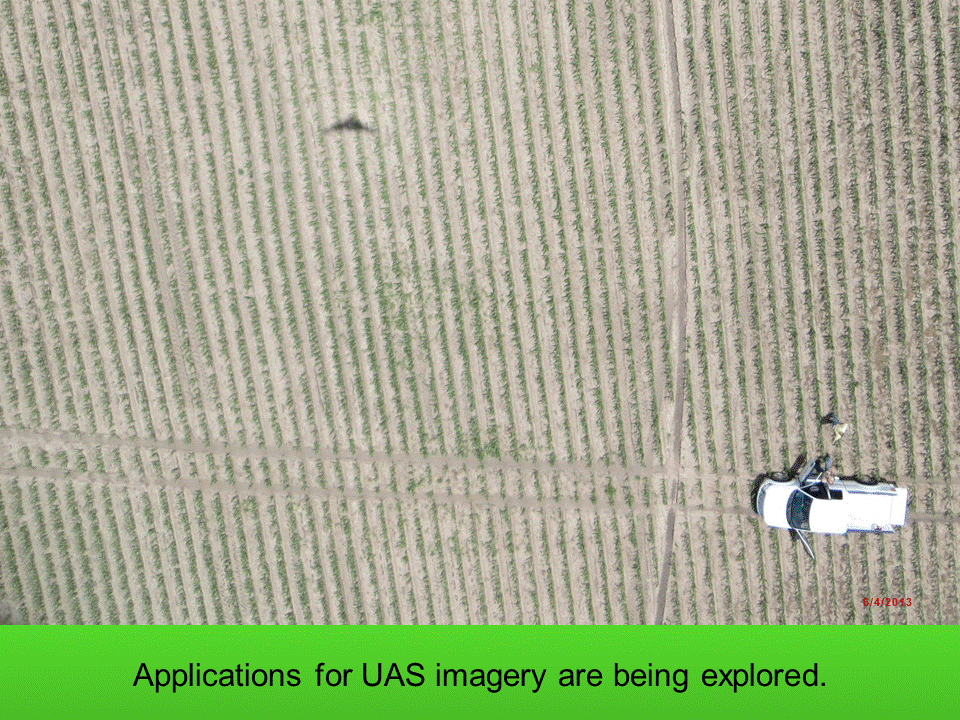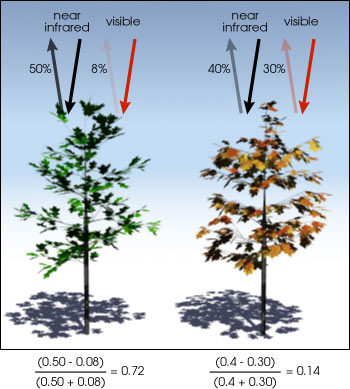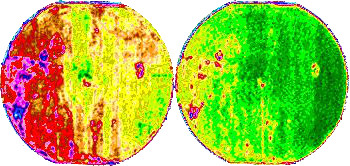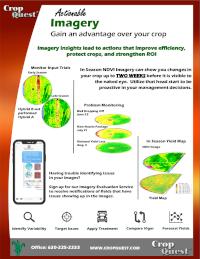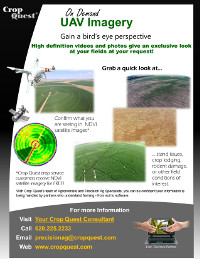CROP HEALTH IMAGERY
Why Innovators Use Crop Health Imagery
Crop Health Imagery, when viewed strictly as a “pretty picture” has been a stumbling block to producers for over a decade. However, major advancements in platforms and cameras are causing renewed interest in imagery. The time to extract value from those “pretty pictures” is here. Strengthen the return on your investments by using actionable imagery to improving efficiency and protect your crops.
![]()
Can Crop Imagery Save Time?
At key points throughout the growing season, you receive imagery report. Flipping through the images, you notice irrigation problems, pest damage, application skips, and recent storm damage. Some issues come as no surprise. . . Other problems stand out and you had no clue they existed. Seeing the problem and acres affected helps you decide what actions to take.
After flipping through the farm satellite imagery, you have quickly assessed the condition of each field One glance, and the images reveal decisions related to pesticide applications, nozzle packages or variable applied products. Should a new problem develop, you are alerted because the entire field is being monitored throughout the growing season.
In just a few minutes, you are able to explore every acre of your farm. You know where to target action, you know how things are progressing, and you know what to expect as harvest approaches.
Satellite, Aerial & Drone Imagery Sources
What is the Best Crop Health Imagery Provider?
The image source is not important, but knowing which image source to use to reach your goals is.
The platform used to collect the image affects the detail and timeliness of the image. We provide crop health imagery collected from all three sources at various resolutions and times. This enables us to focus attention on putting imagery to work for the producer, and allow the pilots and satellite providers to focus on what they do best – collecting images in a timely manner.
We’ve screened dozens of drone, aerial and satellite imagery providers to create an imagery network, second to none. We’ve joined forces with imagery providers that have expertise in collection, processing, and delivery of crop health imagery services. By pooling resources we’re focusing on what is important – making the image actionable.
